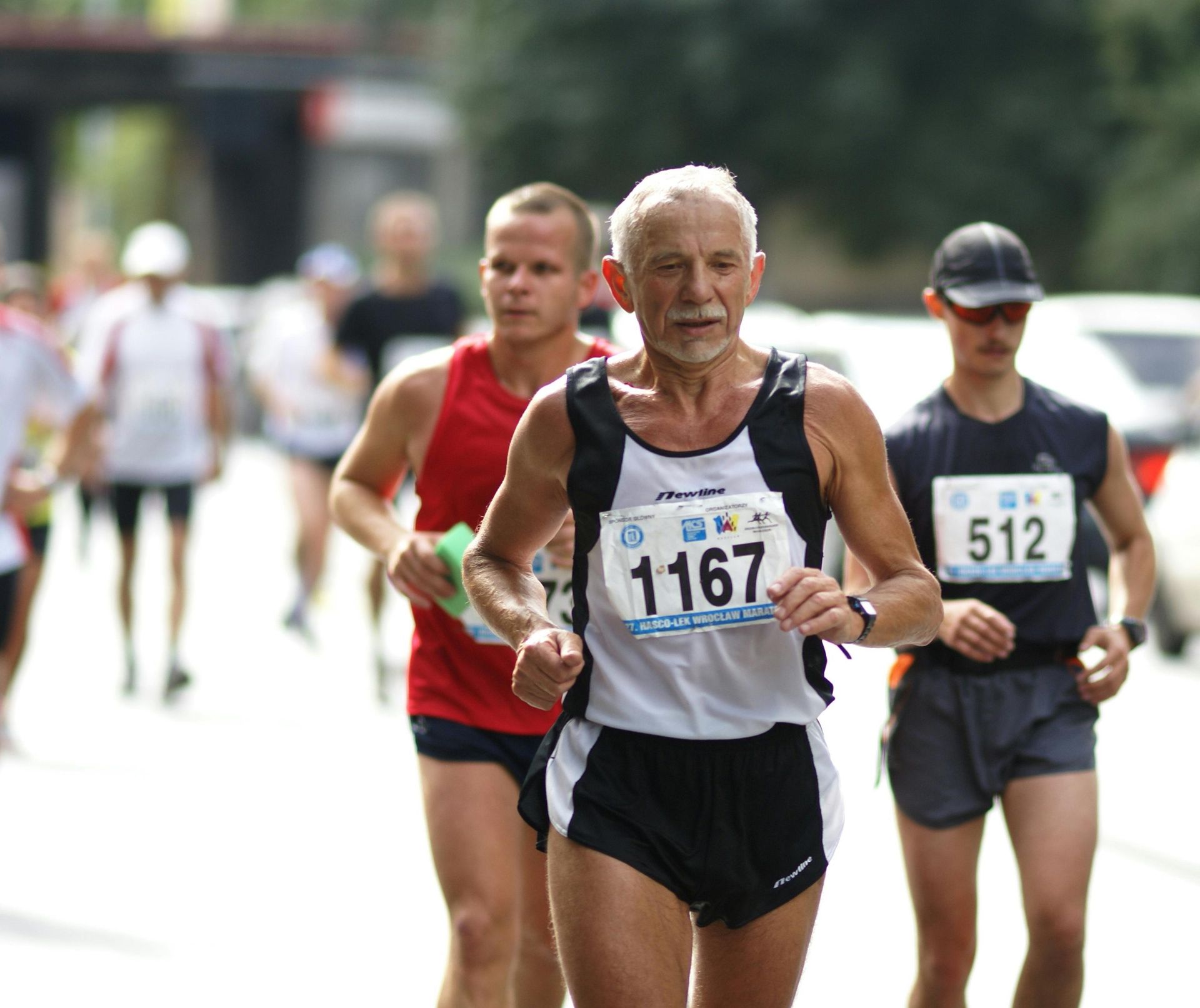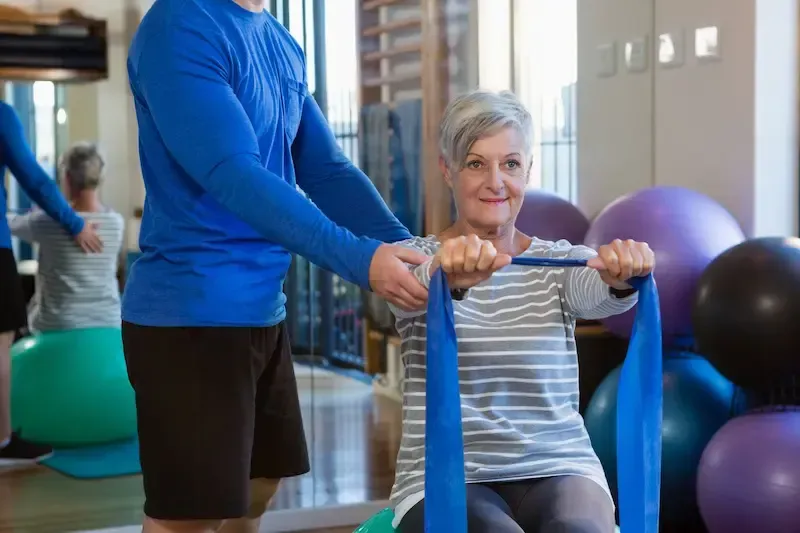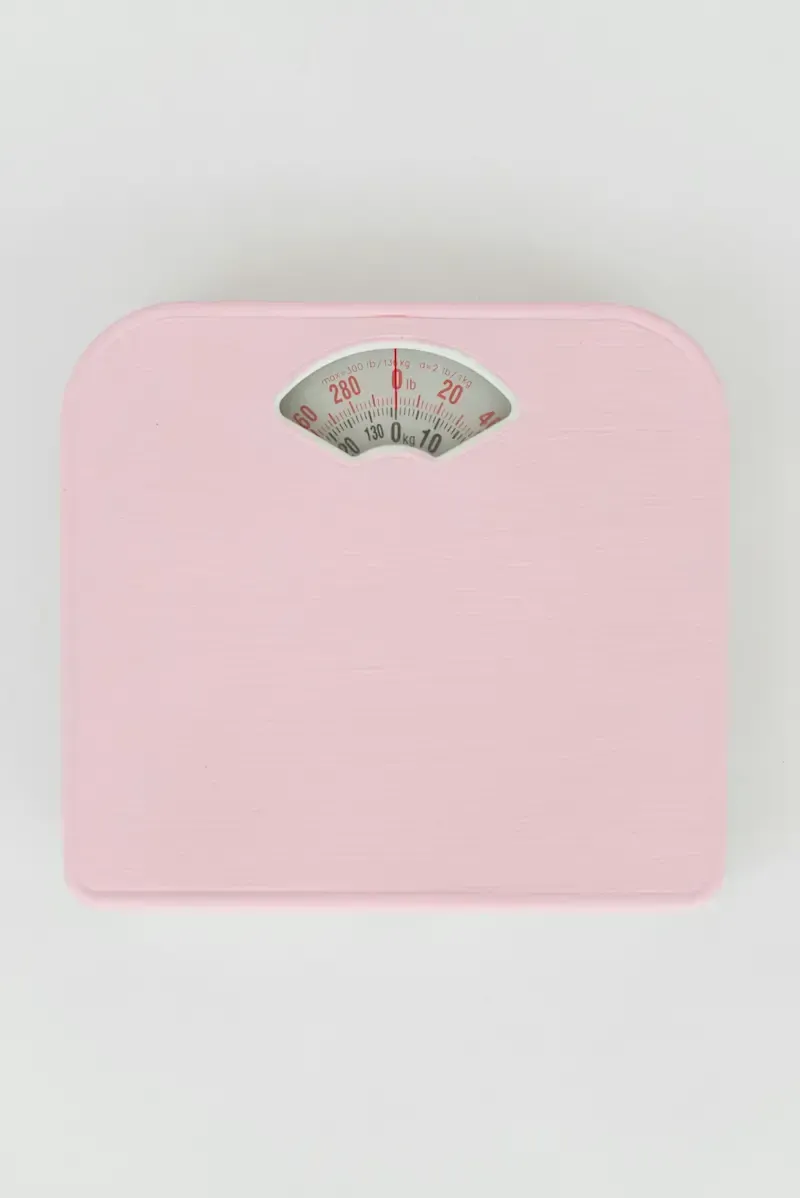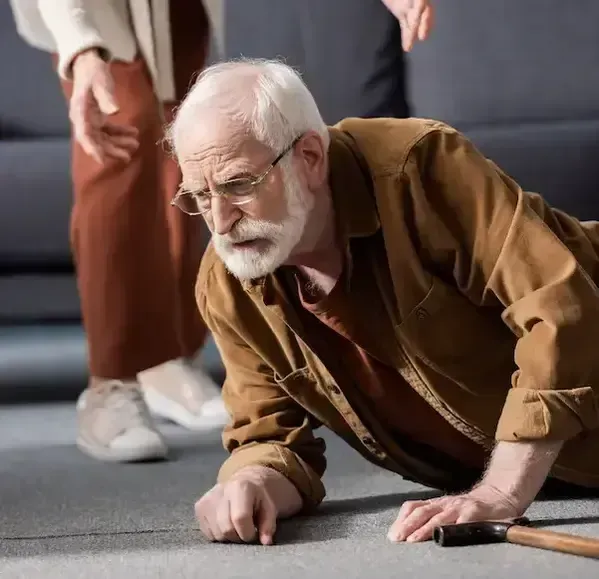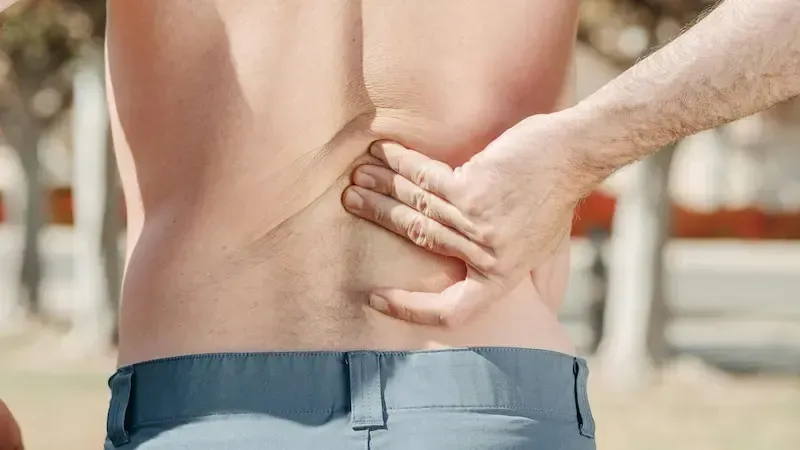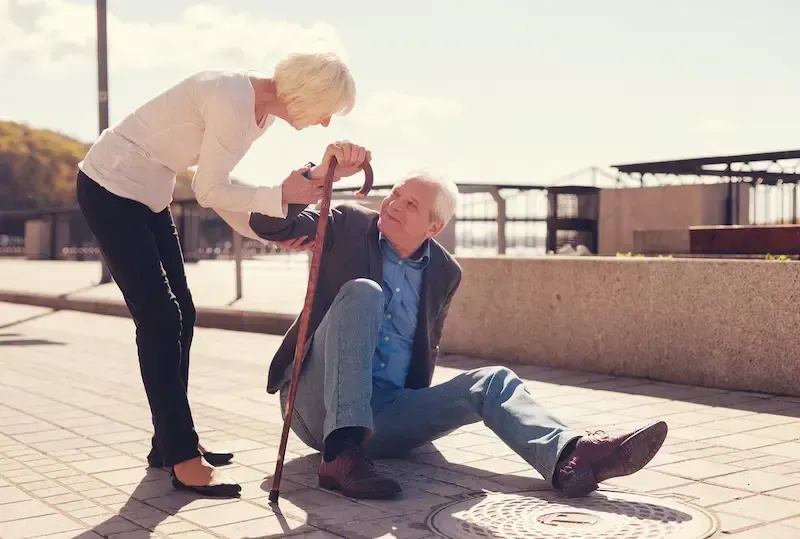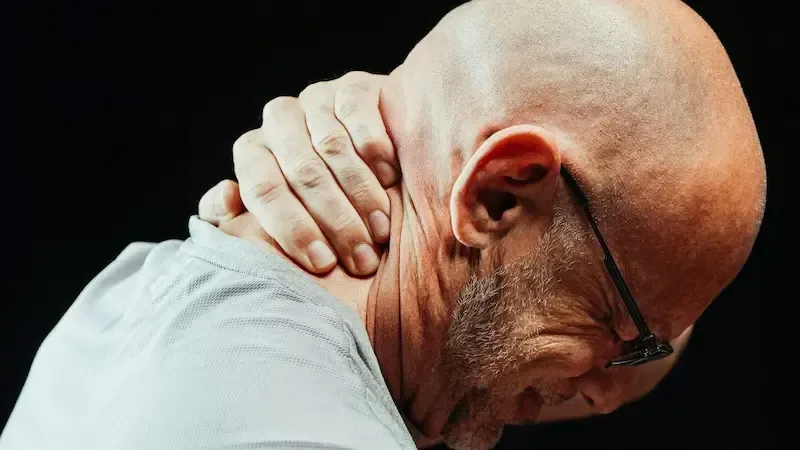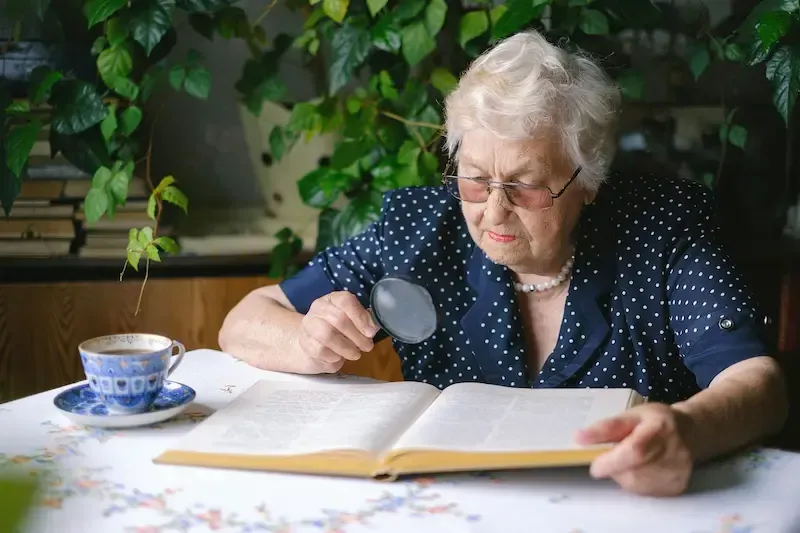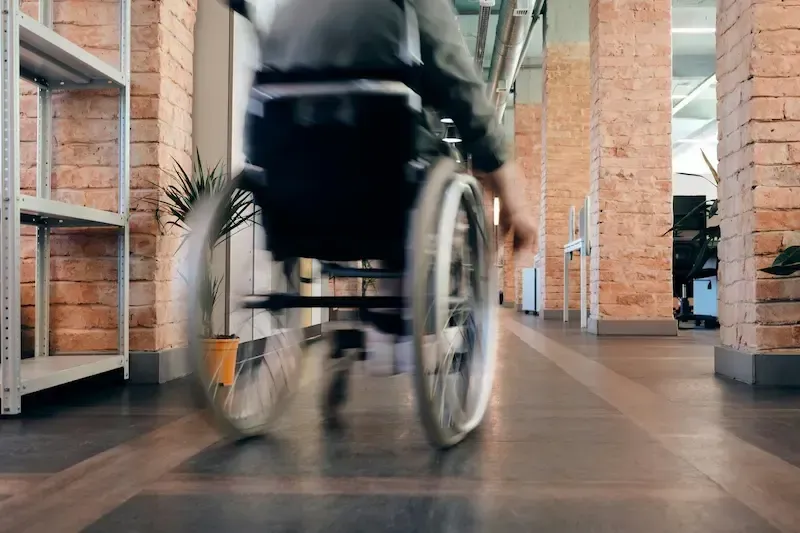Strengthen Your Bones: How Exercise Can Improve Bone Density in Seniors
Maintaining strong and healthy bones becomes increasingly vital as we age to prevent fractures and maintain mobility. Osteoporosis, a condition characterized by weakened bones, is common among seniors and can lead to serious health issues. Fortunately, incorporating regular exercise into your routine can be a powerful way to improve bone density and support overall bone health. In this blog post, we'll explore how various types of exercise can help seniors enhance bone density and promote a healthier, more active lifestyle.
The Importance of Bone Density
Bone density refers to the amount of bone mineral content in your bones. Higher bone density means stronger bones that are less likely to fracture. Osteoporosis occurs when bone density decreases, making bones fragile and more susceptible to breaks. Age, genetics, diet, and physical activity are key factors influencing bone density.
How Exercise Improves Bone Density
Exercise is vital in maintaining and improving bone density by stimulating bone formation and enhancing bone strength. Here’s how different types of exercise can benefit bone health:
1. Weight-Bearing Exercises
What They Are:
Weight-bearing exercises involve activities where your body supports its weight. These exercises stress the bones, prompting the body to build and maintain bone density.
Examples:
- Walking: A simple yet effective exercise that helps improve bone density, especially in the lower body.
- Dancing: Engaging in dance routines, whether social or structured, provides weight-bearing benefits and improves balance.
- Hiking: Walking on varied terrain adds an element of resistance, enhancing bone-strengthening effects.
Why It Matters:
Weight-bearing exercises help stimulate bone-building processes and strengthen the bones in your legs, hips, and spine.
2. Resistance Training
What It Is:
Resistance training involves exercises that work against a force, such as weights or resistance bands. This type of exercise helps build muscle strength and support bone health.
Examples:
- Free Weights: Lifting dumbbells or using kettlebells targets various muscle groups and bones.
- Resistance Bands: Using bands for exercises like leg presses or arm curls provides resistance without heavy equipment.
- Body-Weight Exercises: Squats, lunges, and push-ups use your body weight to build strength.
Why It Matters:
Resistance training increases bone density by applying stress to the bones, encouraging bone formation and reducing bone loss.
3. Balance and Stability Exercises
What They Are:
Exercises that improve balance and stability help prevent falls, which is crucial for seniors with weakened bones.
Examples:
- Tai Chi: A gentle martial art that enhances balance, coordination, and flexibility.
- Yoga: Yoga poses like the Tree Pose or Warrior Pose improve stability and strengthen bones.
- Balance Training: Exercises such as standing on one leg or using a balance board can improve coordination.
Why It Matters:
Improving balance and stability reduces the risk of falls, which is particularly important for individuals with lower bone density.
Creating an Exercise Routine for Bone Health
To effectively improve bone density, developing a balanced exercise routine that includes various activities is crucial. Here’s how to create a routine that works for you:
1. Start Slowly and Progress Gradually
If you're new to exercise or inactive, start with low-impact activities and gradually increase the intensity. Aim for about 150 minutes of moderate-intensity aerobic activity per week, combined with muscle-strengthening activities two or more days a week.
2. Include a Variety of Exercises
A well-rounded routine should include:
- Weight-Bearing Exercises: For stimulating bone growth.
- Resistance Training: For building muscle strength.
- Balance Exercises: For fall prevention.
3. Focus on Safety
Ensure you use proper form and techniques to avoid injury. If you have any medical conditions or concerns, consult a healthcare professional or a certified fitness trainer to tailor an exercise plan to your needs.
4. Make It Enjoyable
Choose activities that you enjoy to stay motivated. Whether dancing, swimming, or taking a group fitness class, finding pleasure in exercise can help you stay consistent.
Additional Tips for Bone Health
- Nutrition Matters: A diet rich in calcium and vitamin D supports bone health. Include dairy products, leafy greens, and fortified foods in your diet.
- Stay Hydrated: Proper hydration is essential for overall health and can support bone function.
- Regular Check-Ups: Monitor your bone health with regular check-ups and screenings, especially if you have risk factors for osteoporosis.
Incorporating exercise into your routine is a proactive and effective way to improve bone density and support overall bone health. By combining weight-bearing, resistance, and balance exercises, seniors can enhance their bone strength, reduce the risk of fractures, and enjoy a more active and fulfilling life.
